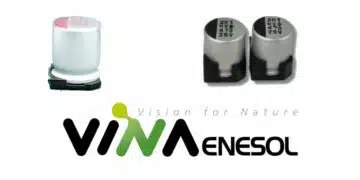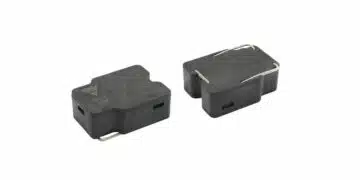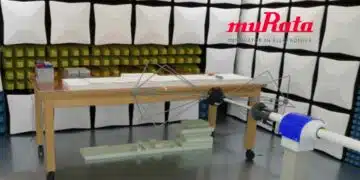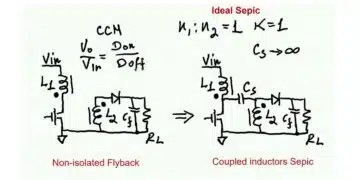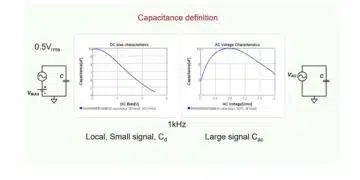Source: Imperial Valley News Center news
San Francisco, California – Nippon Chemi-Con was sentenced to pay a $60 million criminal fine for its role in a conspiracy to fix prices for electrolytic capacitors sold to customers in the United States and elsewhere, the Department of Justice announced Wednesday.
The $60 million fine is the largest fine imposed in the Justice Department’s investigation into collusion in the capacitors industry. In addition to the $60 million criminal fine, Nippon Chemi-Con was also sentenced to a five-year term of probation during which the company must implement an effective compliance program and submit annual written reports on its compliance efforts.
“Today’s sentence affirms the Antitrust Division’s commitment to holding companies, whether foreign or domestic, accountable for conspiring to cheat American consumers,” said Assistant Attorney General Makan Delrahim of the Department of Justice’s Antitrust Division. “In addition to the significant fine, the five-year probation period promotes deterrence and will help to protect the public.”
In May 2018, Nippon Chemi-Con pleaded guilty to conspiring with others to suppress and eliminate competition for electrolytic capacitors from at least as early as November 2001 to January 2014. Nippon Chemi-Con was charged by indictment filed in October 2017 in the U.S. District Court for the Northern District of California. The indictment charged Nippon Chemi-Con with carrying out the conspiracy by agreeing with co-conspirators to fix prices of electrolytic capacitors during meetings and other communications. Capacitors were then sold in accordance with these agreements. As part of the conspiracy, Nippon Chemi-Con and its co-conspirators took steps to conceal the conspiracy, including the use of code names and providing misleading justifications for prices and bids submitted to customers in order to cover up their collusive conduct.
In total, eight companies and ten individuals have been charged for their participation in this conspiracy. All eight companies have pleaded guilty and have been sentenced to criminal fines collectively totaling over $150 million. Of the ten individuals charged, two have pleaded guilty, and eight remain under indictment, including four Nippon Chemi-Con executives: Takuro Isawa, Takeshi Matsuzaka, Yasutoshi Ohno, and Kaname Takahashi.
Electrolytic capacitors store and regulate electrical current in a variety of electronic products, including computers, televisions, car engine and airbag systems, home appliances, and office equipment.
This case results from ongoing federal antitrust investigations being conducted by the Antitrust Division’s San Francisco Office and the FBI’s San Francisco Field Office into price fixing, bid rigging and other anticompetitive conduct in the capacitor industry.




